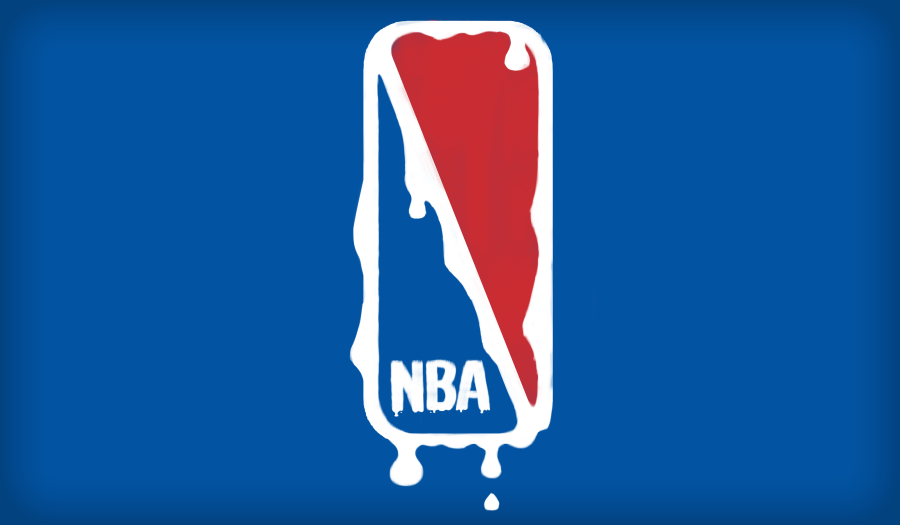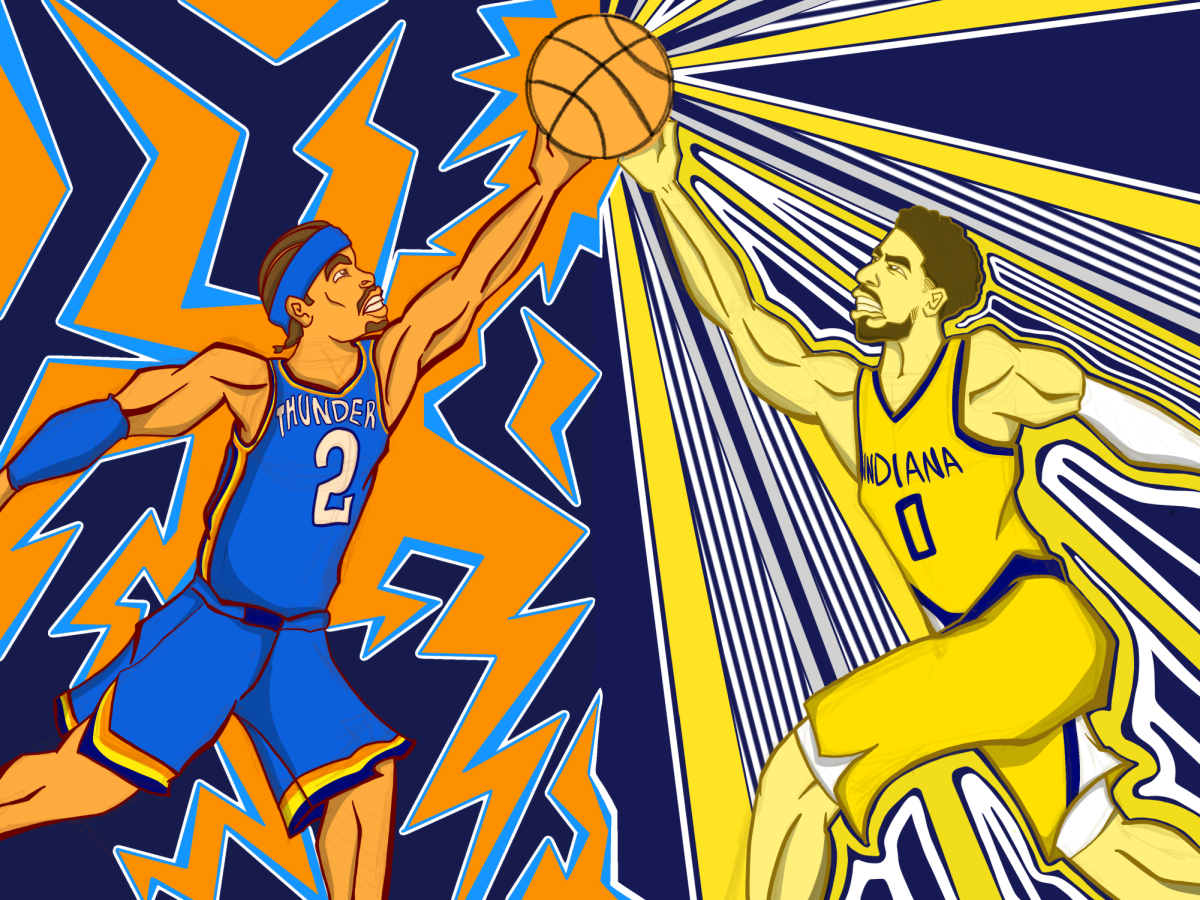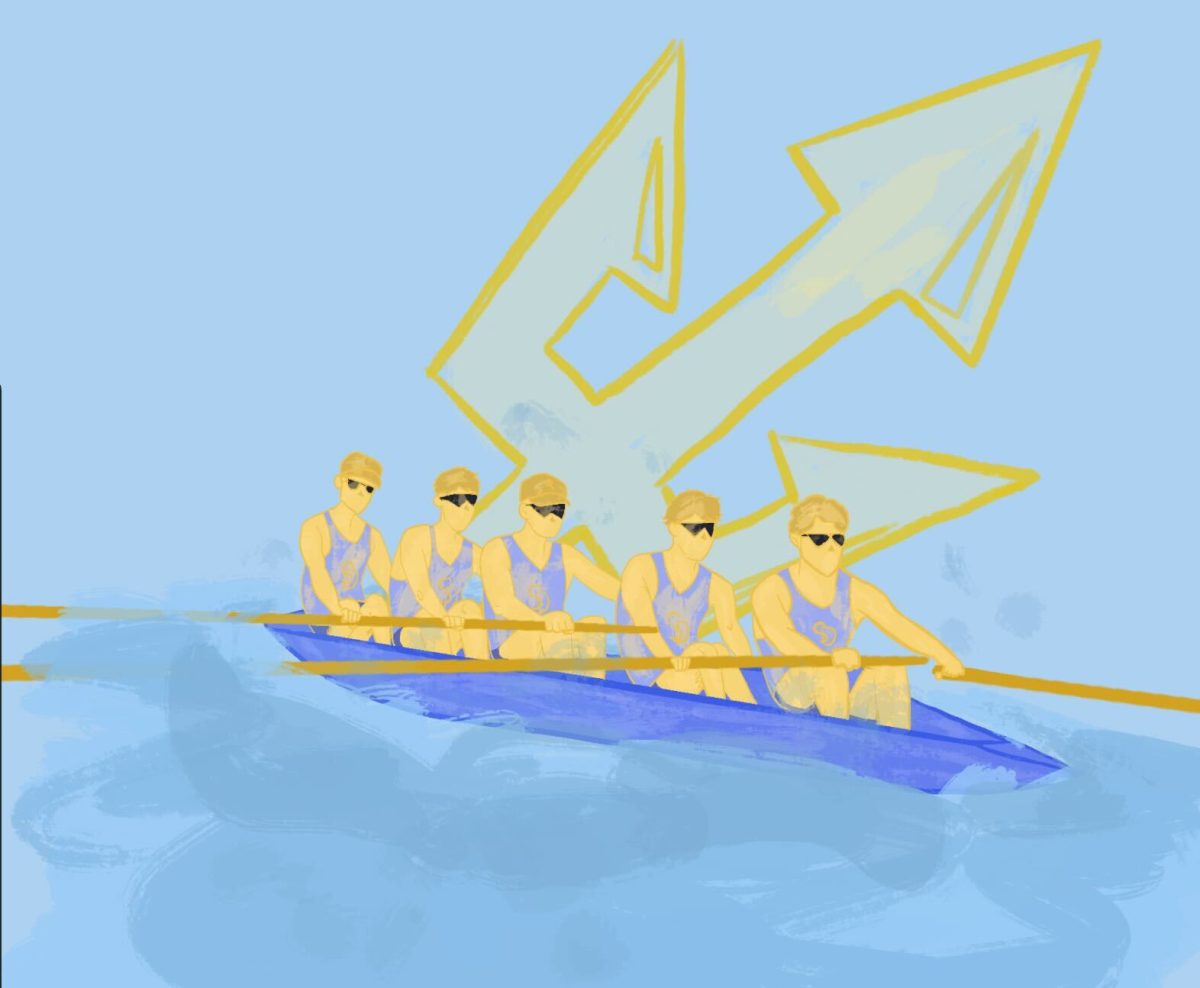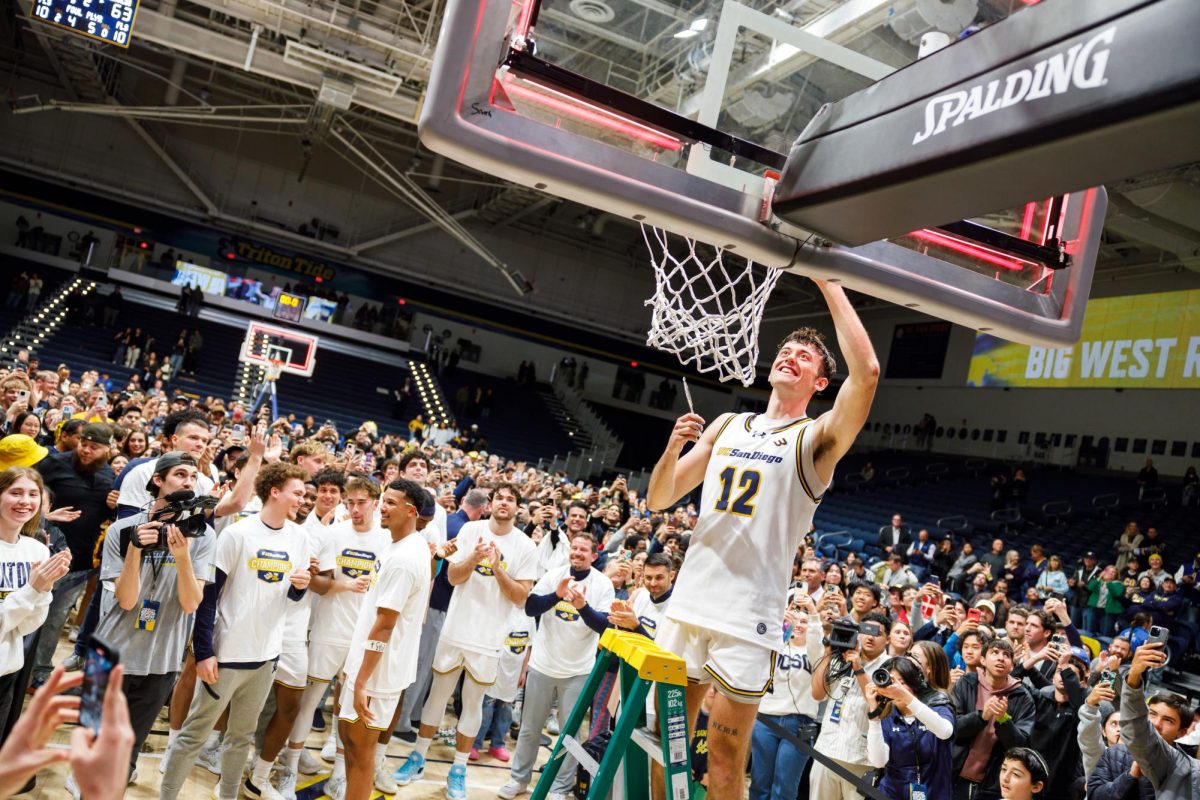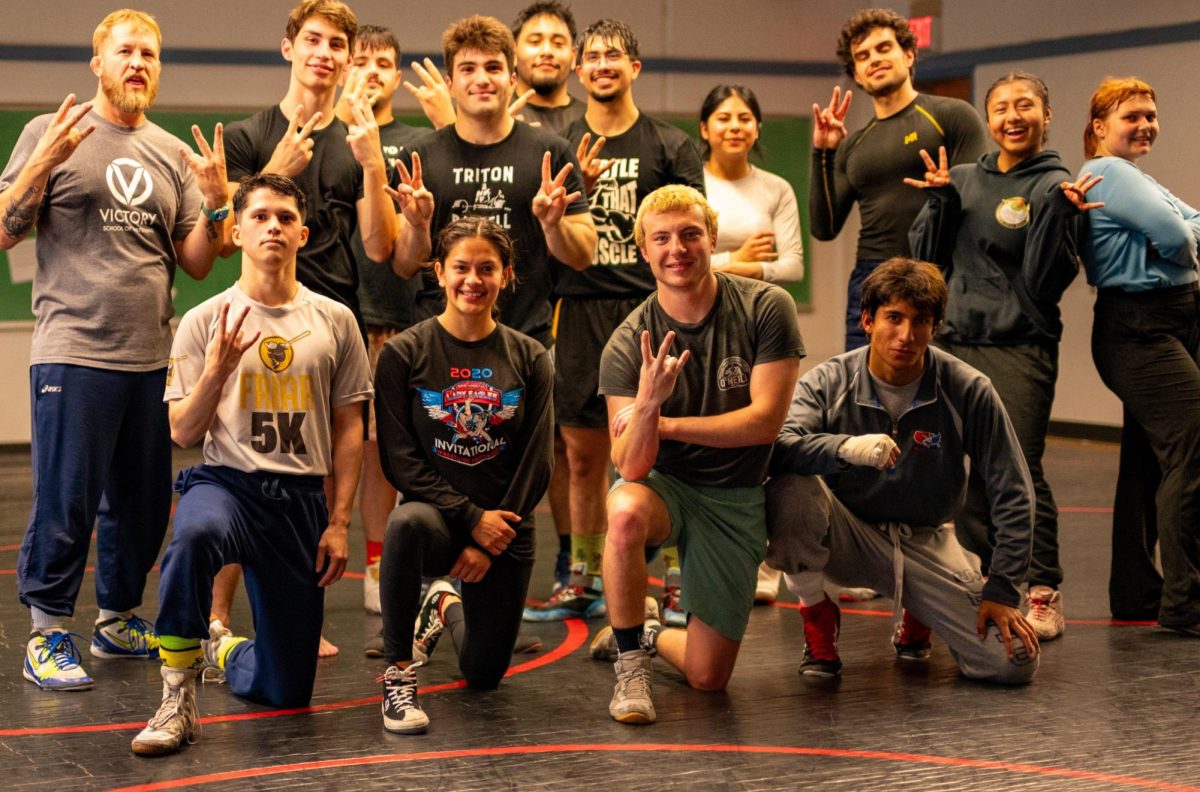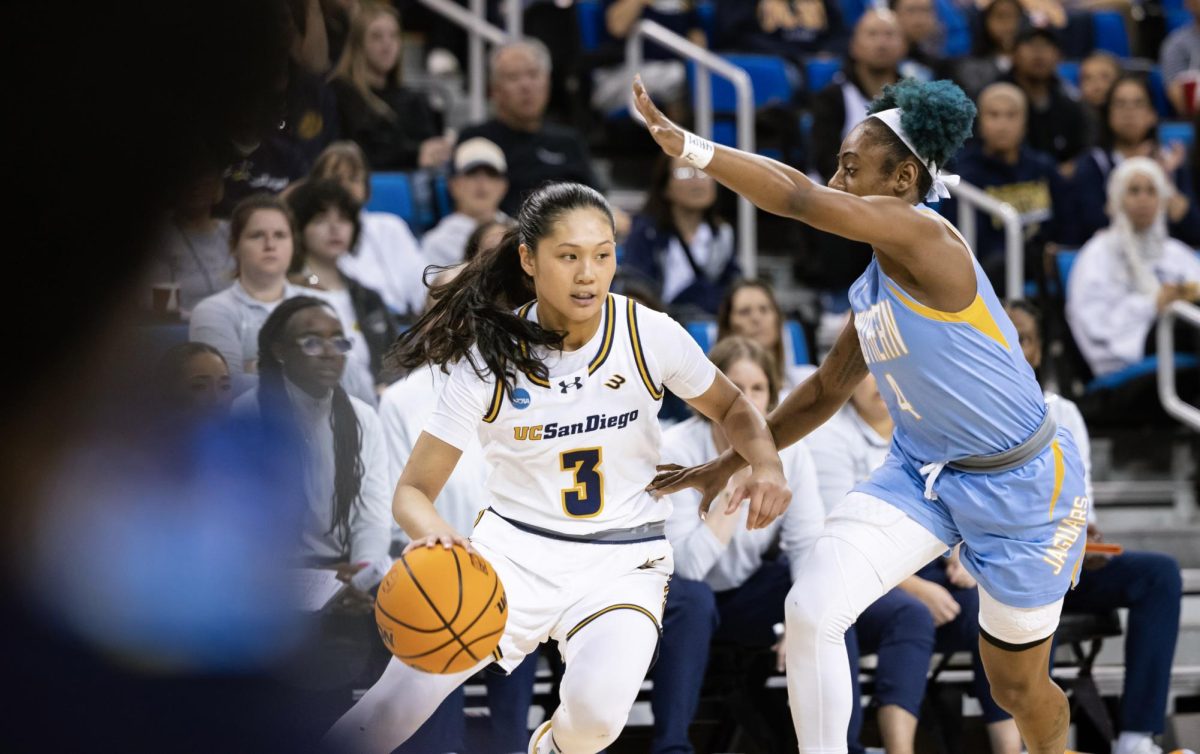Nearly three months ago, the American sports world saw three days of athlete strikes over the police shooting of Jacob Blake in Kenosha, Wisconsin. Beginning with the Milwaukee Bucks choosing not to come out of the locker room for their first-round playoff match against the Orlando Magic on Aug. 26, games were postponed in the NBA, WNBA, MLB, MLS, and NHL. It was a surprisingly rapid display of collective action, with the shutdown going from a mere rumor to a sports-wide phenomenon in hours. So given the historical gravity of the situation, why, when leagues resumed play soon after, did it feel like little had changed?
The sprawling nature of the strikes is relatively novel in the history of American sports. The only other external events that have forced NBA games in multiple cities to be postponed were the assassinations of John F. Kennedy and Martin Luther King Jr., the 9/11 attacks, and the COVID-19 pandemic. But this was the first time that the initiative for stopping a game was a player-driven protest, although the Los Angeles Clippers considered doing so in the 2014 playoffs after the public revelation of racist comments by owner Donald Sterling.
In fact, according to reports from an informal NBA players’ meeting held the night of the Bucks’ protest, both Los Angeles teams, the Clippers and the eventual champion Lakers, voted to cancel the remainder of the season outright. While it doesn’t seem that we ever got close to a complete end to the season, the fact that players from around the league, including majorities of two teams, voted to do so is massive. So, once again, given the unprecedented nature of these strikes in American sports history, why did the sports world mostly move on, relegating these strikes mostly to a footnote of this season?
For starters, it’s clear that the amount of risk that players took was limited. From the beginning of the strikes, the message from the NBA league office was that players wouldn’t be disciplined for choosing not to play games, and any potential financial loss would have paled in comparison to the 25 or so percent hit players took anyway due to lost revenue caused by the pandemic. Across sports, players had the benefit of leagues that had their backs when it came to protests, although owners and fanbases, of whom plenty disagreed with the strikes, are a different story entirely. It’s interesting to consider the potential difference in reaction if, say, a week of NFL football had been postponed, given football’s larger, more conservative fanbase and its fraught history with player protest.
Another recurring issue with player strikes is that it is very difficult for the general public to see multimillionaire athletes as the labor classes. With the exception of smaller leagues such as the WNBA, where the league’s rank-and-file are decidedly middle-class, major professional athletes significantly out-earn most Americans. Placing LeBron James, with over $1 billion in career earnings, in the same box as, say, teachers striking for better pay in West Virginia, is a Herculean mental task. We saw these storylines play out earlier this year surrounding MLB players’ negotiations of the parameters for the 2020 season — even if players can very well be exploited by their owners, middle- and working-class fans will have little sympathy for them.
Then there’s the debate over whether or not these events constituted a strike at all. While Rep. Alexandria Ocasio-Cortez (D-NY) called them a strike and not a boycott, as players withheld labor as opposed to capital, James, the NBA’s de facto leader, himself called it a boycott; some also referred to the events as a walkout. The answer lies somewhere in between — while Ocasio-Cortez is correct that players withheld labor in a wildcat strike, it is important to note that most players had no intention of extending the strike in order to meet certain demands.
While there were certainly some murmurs that the league might have been cancelled, for the most part, players signaled that their choice not to play was temporary. The concessions that players extracted from the league — the formation of a social justice coalition, the use of arenas as voting sites, and voting-rights commercials during games — may not have been achieved any other way, but they were still relatively minor. The strikes were planned to be temporary, and especially after they grabbed two days of the news cycle from the end of the Republican National Convention, all about making a point.
But did that point get made?
It’s hard to tell. We are at a place with political polarization in American life where the idea that anyone changed their minds due to athlete strikes is almost laughable; some conservatives, including White House senior adviser Jared Kushner, said that such actions might even make viewers less likely to support Black Lives Matter and police reform, espousing the unrealistic yet understandable maxim that politics should stay out of sports. The NBA did suffer massive ratings drops in the 2020 bubble, although these have been observed in nearly every sport and are therefore unlikely to be the result of the league’s social justice movements.
But even though the immediate consequences of the strike were relatively few, there definitely was a shift in the league’s tone as play continued. The Denver Nuggets’ Jamal Murray gave an emotional postgame interview about racial injustice after scoring 50 points to force a Game 7 in a first-round series against the Nuggets, with the faces of George Floyd and Breonna Taylor on his shoes; LeBron James similarly cited the focus on social change in accepting the Finals MVP award. Most of all, the league emphasized voting, as players registered to vote in record numbers, and the league promoted a LeBron-led voting initiative, More than a Vote. Of course, as with every other get-out-the-vote program by liberal institutions this year, the message to vote had the unstated goal of removing President Donald Trump from office.
While it might have been a footnote in the history of both this NBA season and the 2020 election, in one area, the NBA may have actually had a significant impact on the outcome of the presidential race. After the player strike, many teams announced that they would offer their stadiums as voting locations. Likely the most vital of these stadiums was State Farm Arena in Atlanta, Georgia, home of the Hawks, where 40,000 early votes were cast. Given that, pending a recount, Joe Biden leads the state by just over 14,000 votes, it is entirely possible that the Hawks’ facilitation of early voting in heavily Democratic Fulton County flipped the election; at the very least, additional voters have pushed the margin to a level such that a Biden win is extremely likely, rather than the extended legal battle we might have seen had Georgia’s recount been conducted after an election decided by a few hundred or couple thousand votes.
There’s just as interesting of a story with the WNBA team that shared State Farm Arena with the Hawks last season, the Atlanta Dream. The Dream is co-owned by Republican senator Kelly Loeffler, who will face Democrat Raphael Warnock in a runoff election in January to retain the seat she was appointed to in 2019. Loeffler describes herself as the most conservative member of the Senate and has touted her 100 percent rate of aligning with Trump’s positions on FiveThirtyEight’s Senate vote tracker; in July, she wrote a letter to the WNBA denouncing its support of the Black Lives Matter movement.
So it goes without saying that Loeffler isn’t particularly popular among the players on her team. Dream players, along with dozens across the league, went so far as to wear “Vote Warnock” shirts before games; they along with the WNBA players’ union have denounced Loeffler and called for the team to be sold. Atlanta is at the epicenter of American politics in the runup to two January runoffs that will decide the balance of the Senate, and even if sports teams are among an uncountable number of forces that will decide the election, when the margins are as thin as they are, every vote counts.
Perhaps three months still isn’t enough time to gauge the late-August player strikes in full context — after all, had the results in Georgia looked a little different, one might have concluded that they were a failure. Certainly, it looked to many as if the strikes were wider than they were deep, especially given that they were more of a one-time protest than an extended strike for change. But perhaps their most important impact will be the precedent they set, whether or not we ever see a similar general athlete strike again. Despite what many fans, including Loeffler, will say until the end of time, politics and sports will always be intertwined — because they always have been.
Art by Ava Bayley for the UCSD Guardian


